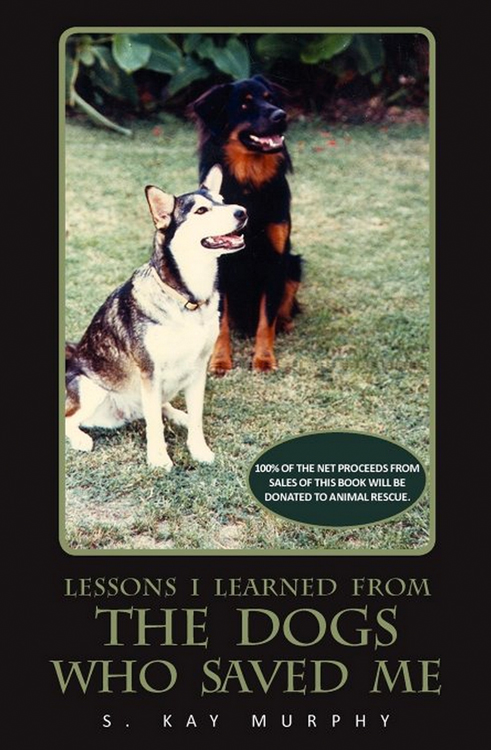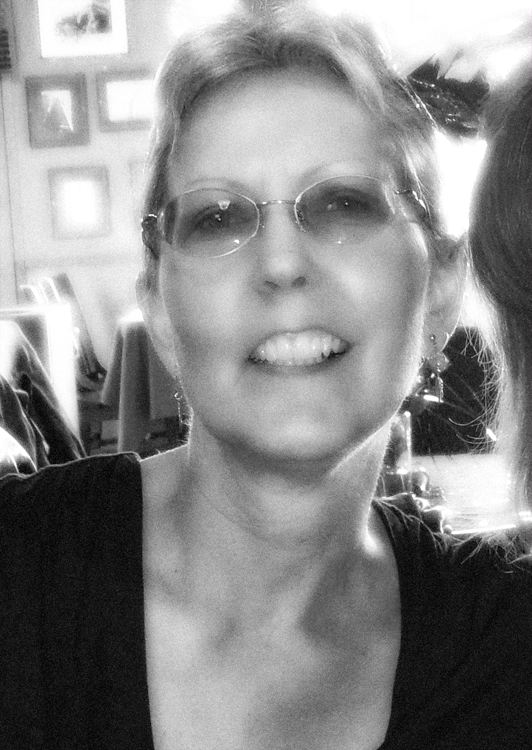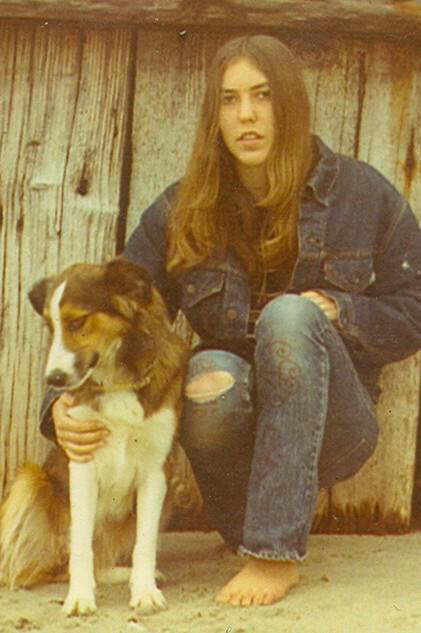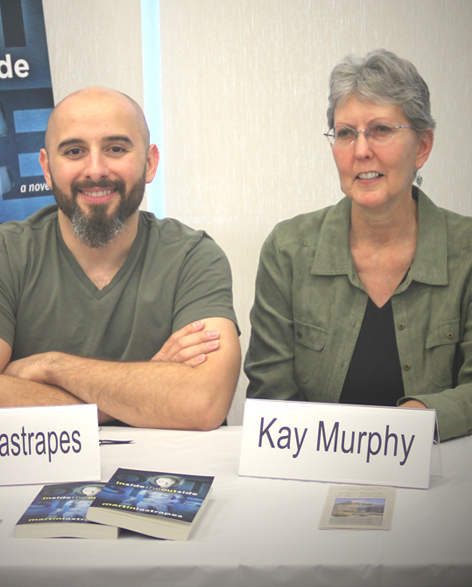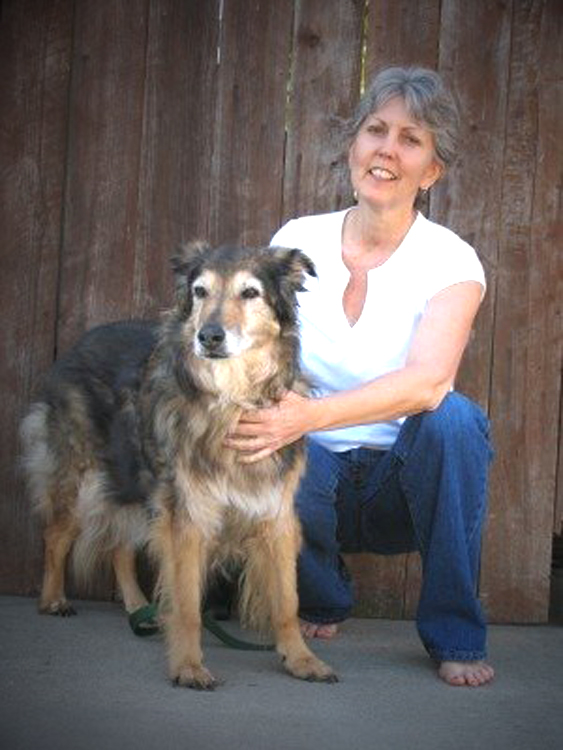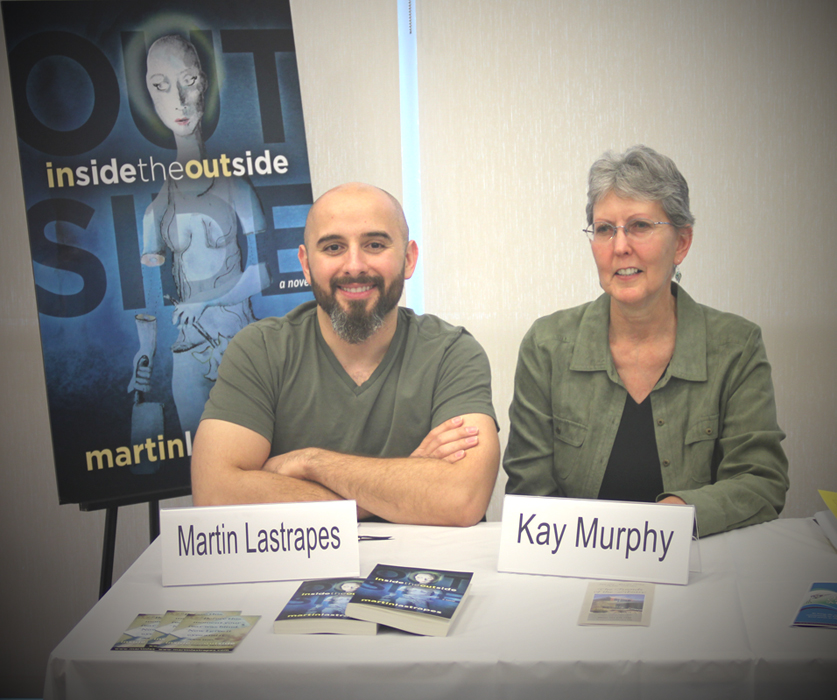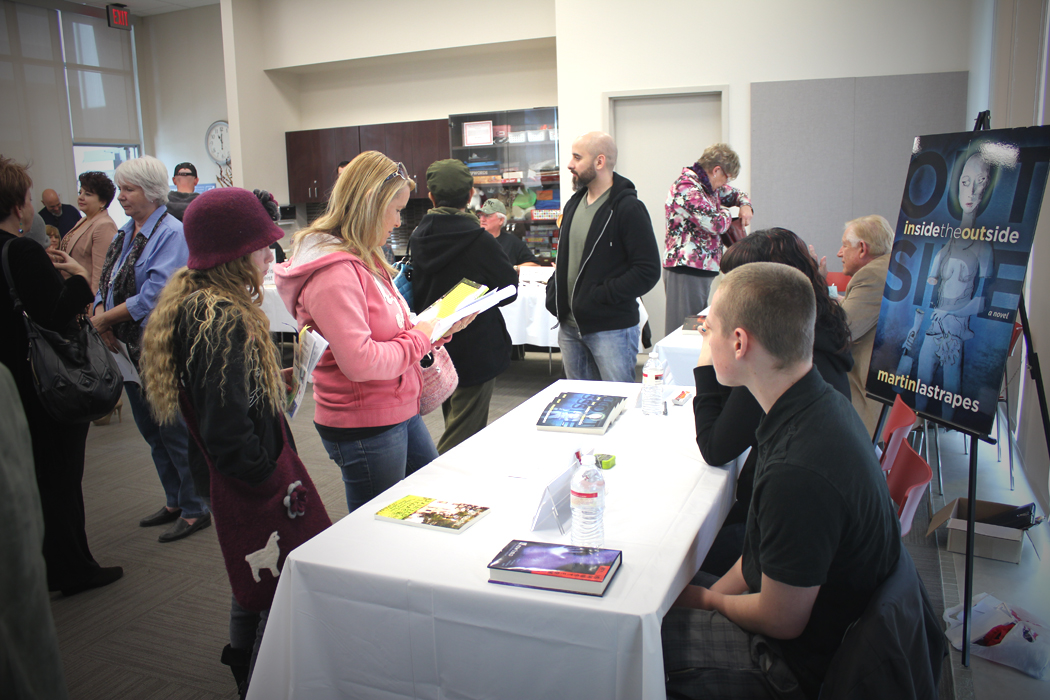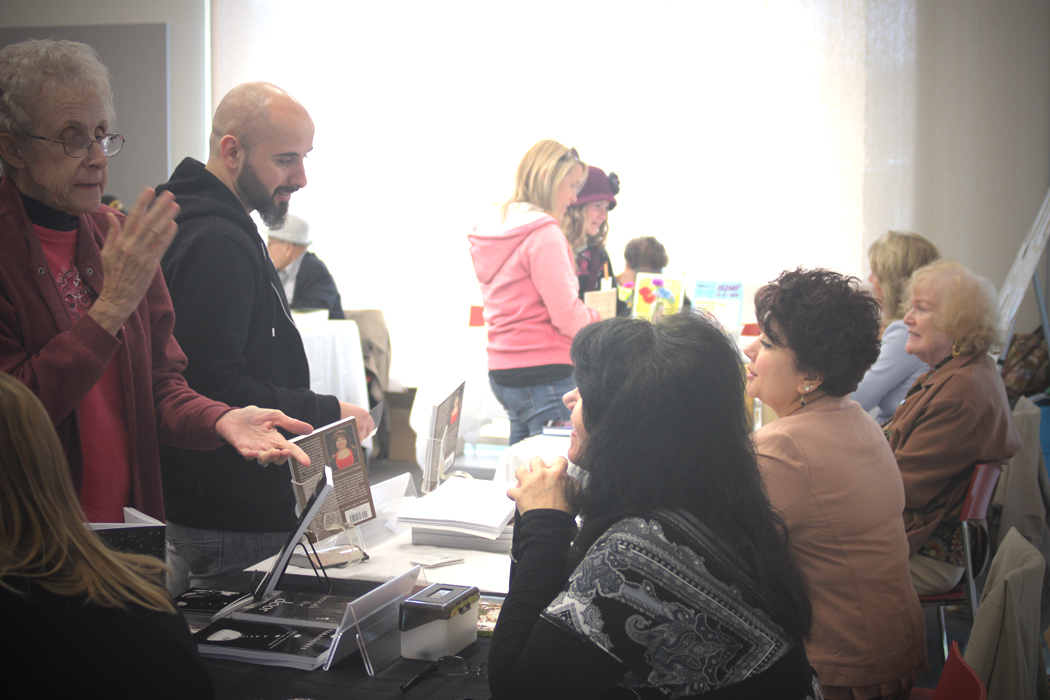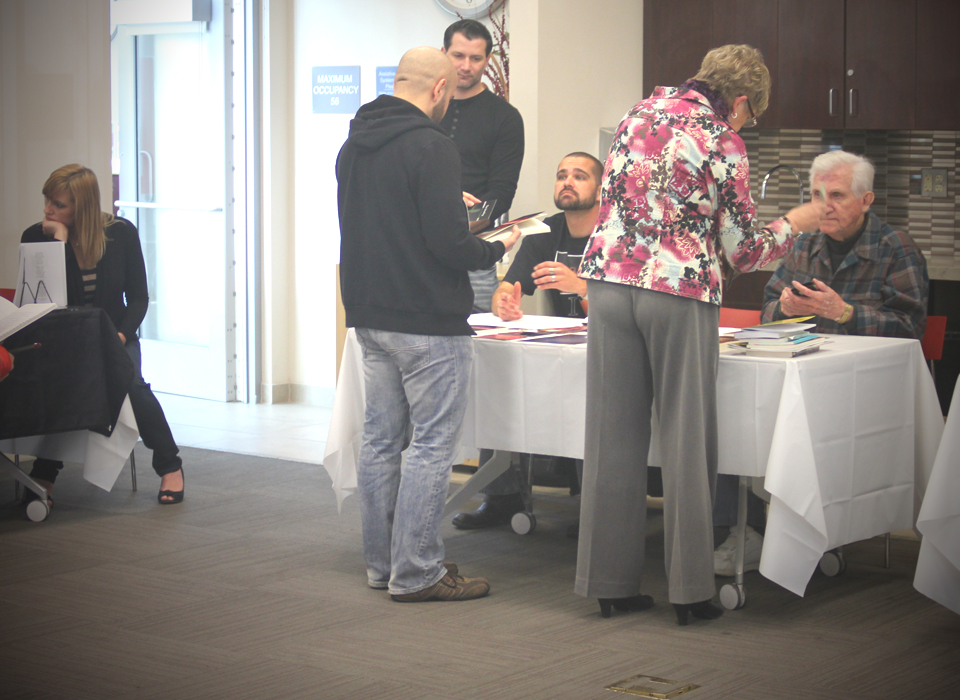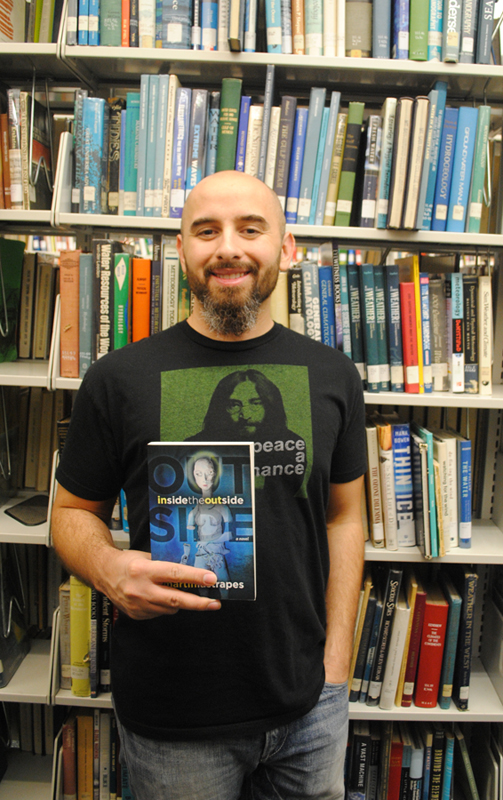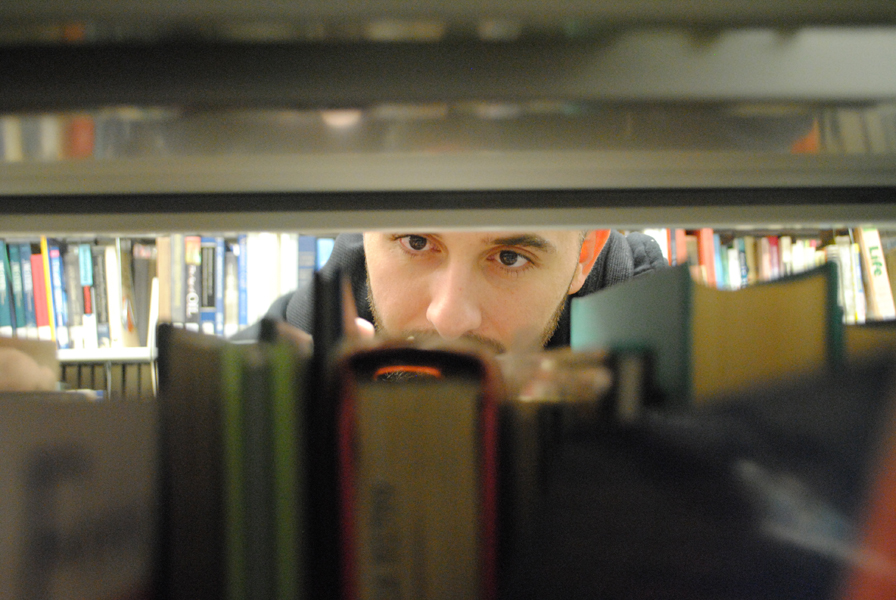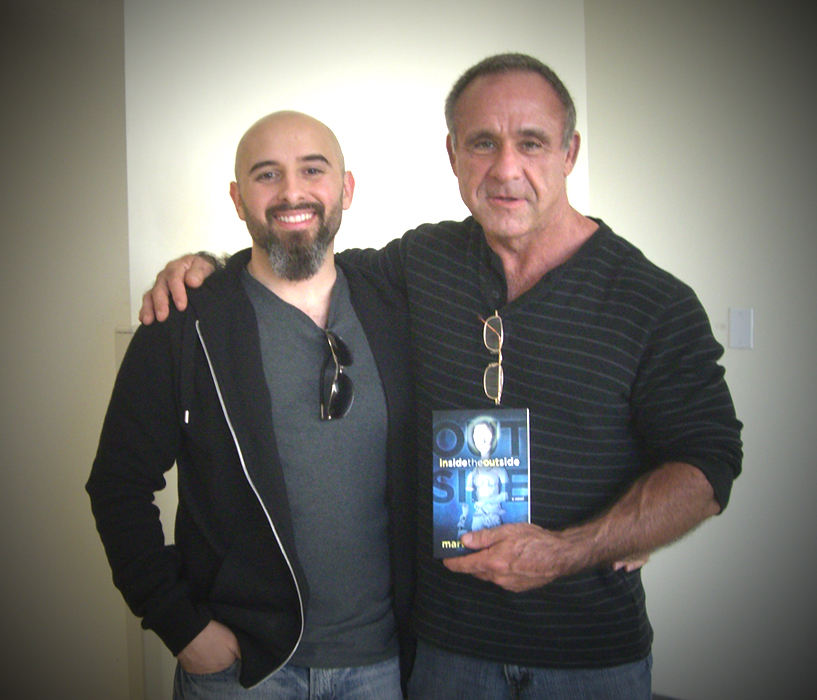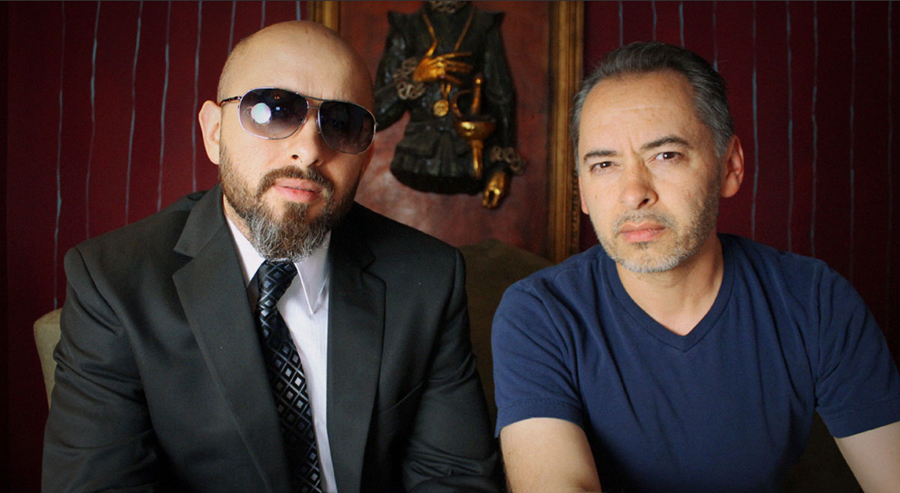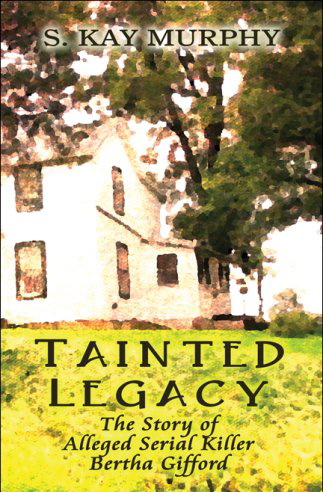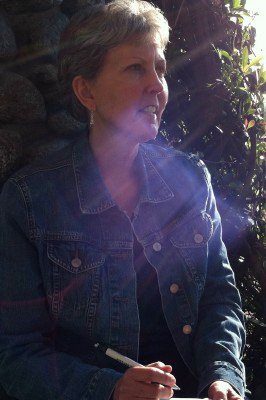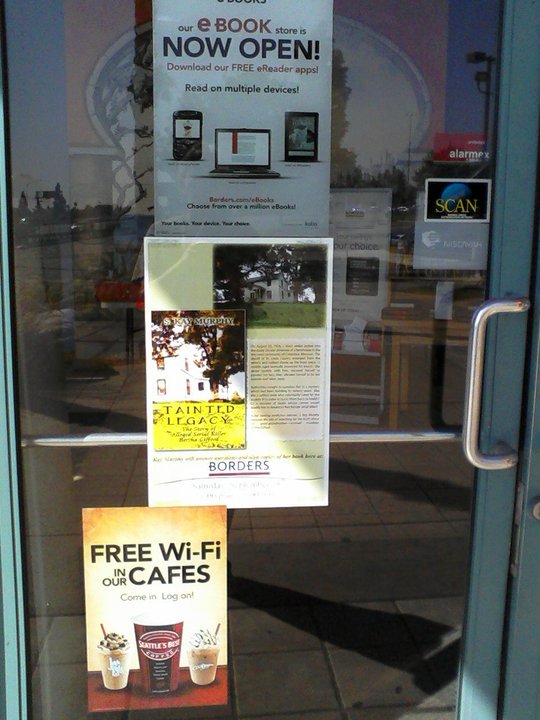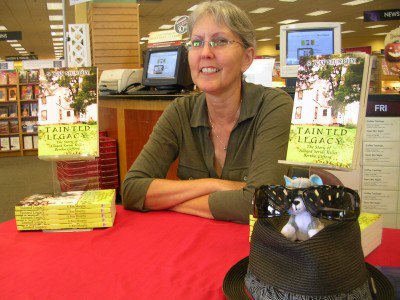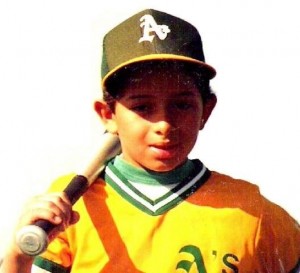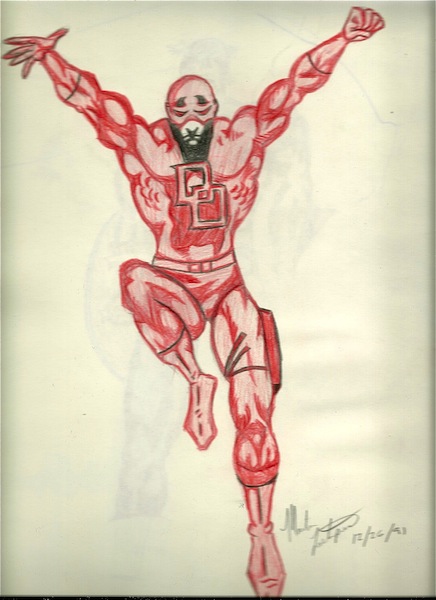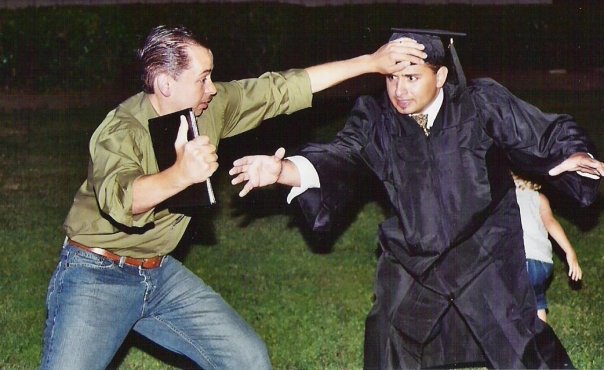PART ONE | PART TWO
The first class was a U.S. history course. I’ve never been a very good history student and that class did nothing to change that. However, we were assigned three novels to read that semester, the first of which was The Jungle by Upton Sinclair. This was pretty scary, since I’d never really read a full novel before. Unless it was a comic book, I could never make it to the last page. The closest I ever came to reading a full novel was the novelization of Tim Burton’s 1989 Batman movie by Craig Shaw Gardner. I don’t really count that, though, because, even though I read the words, I didn't really take the story in. I hadn't yet unlocked the code for truly reading a book. Also, I knew the movie would soon be in theaters, so I wasn't exactly motivated to give it my all.
The Jungle was especially intimidating, because it was about 400 pages and the font was super small and it was super single spaced, so I saw no way I could finish that book in a month, which was how long the professor gave us to read it before the test. I knew that I couldn’t afford to drop that class, because I’d need it to graduate and I also knew if I was going to make anything out of my life, it was going to come by going to college, so I had to figure it out. I tried to approach it logically, breaking down the number of pages in the book and how many days I had to finish it, and coming up with a certain number of pages per day to read. I think it was about fifteen, which seemed reasonable.
My first day reading it was a disaster. I could hardly make heads or tales of what was happening and since I’d hitched my whole future to finishing this book, I basically felt like I was on the verge of failing life. The next day I picked up the book again and started reading, though I had little hope of understanding it any better. I read and read and read and, without warning, something magical happened. It’s going to sound corny, but I swear I’m not making this up. The words went away and it was as if the pages began projecting a movie into my head. And it was such a wonderful movie, dramatic and exiting and sad and triumphant. I was following Jurgis , this poor Lithuanian immigrant, who was trying to provide a life for himself and his 15-year-old wife, Ona, and the conditions were horrible and the wife died and he worked in a terrible meatpacking plant…and on and on…
And then I stopped and I realized, “Holy shit! I’m reading! This is reading!” And I was so mad at myself for stopping, because I worried I’d never be able to get that movie back in my head. So, I started reading again, fingers crossed, and, after a few minutes, I got the movie back. I finished that book in three days. That’s when I learned I loved to read. I remember going into a bookstore after that and looking at all these books and thinking to myself, “You mean to tell me there are movies hiding in all of these books and all I have to do is read them?” It was a revelation.
The second class that changed my life was a composition course I took with the author S. Kay Murphy. Because it was composition, the purpose of the class was to write essays. The first essay Kay had us write was an autobiographical essay. I wrote about working at Thrifty’s and scooping ice cream and stealing and eventually losing my job. Kay loved the essay so much that she read it to the class. The class loved it too—they laughed at all the funny parts and gasped at all the suspenseful parts and I loved every moment of it.
That alone would’ve been amazing for me, but it was the note Kay left me on the last page of my essay that sealed the deal. She said, “You’re pretty good at this. You should think about majoring in English.” That’s all I had to hear (or read). I was so excited to be good at something—especially something that seemed to come pretty easily to me—that I decided to study English. I had no idea what that meant or where it would lead me, but I was willing to find out.
Around that time, I remember watching the Academy Awards. I've always loved the Academy Awards, but I remember being hyper-aware of how beautiful everyone was and how well they dressed they were and how talented they seemed to be and how lovely their speeches were and all I knew was I wanted to be a part of that. So, I decided that screenwriting would be my best chance into the world of Hollywood. And so, that became the goal. I was going to be a screenwriter.
I figured that if I was going to write movies, I first needed to learn how to tell a story, so I enrolled in a creative writing class at Chaffey. It was three hours a week on Friday mornings and the professor was a really kind old man who used to be a staff writer on the Smurfs. If the Smurfs connection wasn’t enough to make me love him, then his friendship with Stan Lee certainly was (I wish I could remember the professor’s name, but I’m notoriously bad with names and so, unfortunately, his has become another of my causalities). All that I really remember from the class was that it was fun and I had no idea how to tell a story.
But, as a consequence of that class, I fell in love with the craft of prose fiction. Much like drawing pictures, I knew I wasn’t as good as I wanted to be, but unlike drawing, I didn’t feel that same ceiling over my head. I felt like my potential for writing was far greater than my potential for comic book art and that was a great feeling. Even if it wasn't true, I felt like if I worked really, really hard, I could become a great writer. And that's how I found myself on the road to becoming a novelist.
PART ONE | PART TWO




